Home>Articles>Which Weather Instrument Measures Relative Humidity
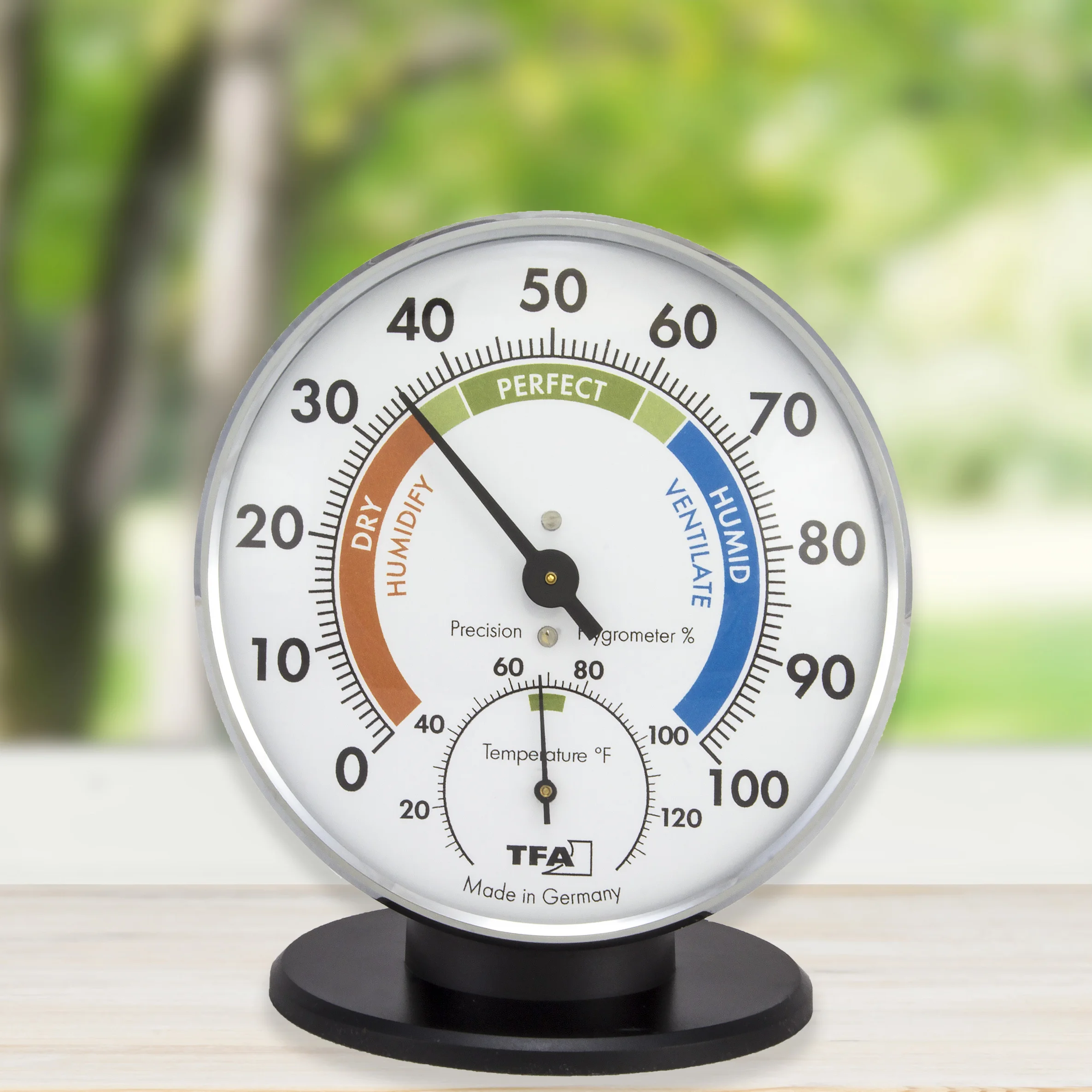

Articles
Which Weather Instrument Measures Relative Humidity
Modified: January 19, 2024
Learn about the articles that explain how relative humidity is measured using different weather instruments. Gain insights into the importance of accurate humidity measurements for weather forecasting.
(Many of the links in this article redirect to a specific reviewed product. Your purchase of these products through affiliate links helps to generate commission for Storables.com, at no extra cost. Learn more)
Introduction
Welcome to the world of weather instruments, where scientists and meteorologists rely on various tools to gather essential information about the atmosphere. One crucial aspect of weather monitoring is measuring relative humidity. This article will explore the significance of measuring relative humidity and delve into the different weather instruments used for this purpose.
Relative humidity is a fundamental meteorological parameter that quantifies the amount of moisture in the air compared to the maximum amount of moisture the air can hold at a particular temperature. It is expressed as a percentage and plays a vital role in understanding and predicting weather patterns.
Measuring relative humidity is crucial for several reasons. First and foremost, it helps determine the comfort level in indoor environments. High humidity can make you feel hot and sticky, while low humidity can lead to dry and uncomfortable conditions. By monitoring relative humidity, we can adjust indoor environments to ensure optimal comfort.
Furthermore, relative humidity is crucial in forecasting weather conditions. It directly affects the formation of clouds, precipitation, and other atmospheric phenomena. Understanding the moisture content in the air helps meteorologists predict the likelihood of rain, fog, or even severe weather events like thunderstorms and hurricanes.
To measure relative humidity accurately, various weather instruments are used. The most common and reliable instrument for this purpose is the hygrometer. However, several other instruments indirectly measure relative humidity based on other meteorological parameters.
In this article, we will focus on the hygrometer as the main instrument used to measure relative humidity. We will also explore other weather instruments that indirectly provide information about relative humidity, such as the barometer and psychrometer.
It is important to note that accurate measurement of relative humidity is affected by various factors, including temperature changes, air pressure, and the presence of air pollutants. We will discuss these factors and their impact on the precision of relative humidity measurements.
Now that we have a brief introduction to the significance of measuring relative humidity and the various weather instruments used for this purpose, let us dive into the details of each instrument and explore how they contribute to our understanding of the weather.
Key Takeaways:
- Understanding relative humidity is crucial for predicting weather patterns, ensuring indoor comfort, and preserving materials. Hygrometers play a pivotal role in providing accurate measurements, contributing to informed decision-making and climate research.
- Factors such as temperature, air pressure, and instrument calibration can impact the precision of relative humidity measurements. By considering and mitigating these factors, reliable data can be obtained, enhancing our understanding of atmospheric dynamics.
What is Relative Humidity?
Relative humidity is a crucial parameter used to measure the amount of moisture in the air. It is expressed as a percentage and indicates how close the air is to its saturation point at a given temperature. In simple terms, relative humidity measures the amount of water vapor present in the air relative to the maximum amount the air can hold.
To understand relative humidity, it is essential to grasp the concept of saturation. Saturation refers to the point at which the air is holding the maximum amount of water vapor it can at a specific temperature. When the air reaches saturation, the relative humidity is 100%. This means that the air cannot hold any more moisture, and any further increase in moisture will result in condensation or precipitation.
For example, if the relative humidity is 50%, it means that the air is holding half of the maximum amount of moisture it can hold at that particular temperature. When relative humidity is lower, there is more room for additional moisture, while high relative humidity indicates that the air is already saturated or close to saturation.
Relative humidity has a significant impact on our daily lives and the environment. It plays a crucial role in determining our comfort levels, affecting our perception of temperature. Higher relative humidity can make the air feel warmer because it reduces the rate of evaporation, making it harder for our bodies to cool down through sweating. On the other hand, lower relative humidity can make the air feel cooler and dry, as moisture evaporates more quickly.
Relative humidity also plays a vital role in weather patterns and forecasting. It affects the formation of clouds, precipitation, and the overall stability of the atmosphere. High relative humidity often leads to the formation of clouds and the potential for rain or other forms of precipitation. Conversely, low relative humidity can result in clear skies and drier weather conditions.
Monitoring relative humidity is particularly important in certain industries and environments. For example, in the agricultural sector, maintaining optimal relative humidity levels is crucial for crop growth and disease prevention. In the pharmaceutical industry, relative humidity control is essential for medication storage to ensure their efficacy and shelf life.
Overall, understanding and accurately measuring relative humidity is essential for various applications, including climate research, weather forecasting, and creating comfortable and healthy indoor environments. By monitoring and adjusting relative humidity levels, we can better adapt to and navigate the dynamic nature of the atmosphere.
Importance of Measuring Relative Humidity
Measuring relative humidity is of paramount importance in various fields and industries. It provides valuable insights into the moisture content of the air, allowing us to make informed decisions and predictions regarding weather conditions, human comfort, and the well-being of materials and structures. Let’s explore the significance of measuring relative humidity in more detail.
1. Weather Forecasting: Relative humidity is a vital parameter for weather forecasting. It helps meteorologists understand the moisture content in the air, which directly affects cloud formation, precipitation, and the overall stability of the atmosphere. High relative humidity levels can indicate the potential for rain, while low relative humidity indicates drier weather conditions. Accurate measurement of relative humidity assists in predicting and preparing for weather events such as thunderstorms, hurricanes, and even fog.
2. Indoor Comfort and Health: Maintaining optimal relative humidity levels indoors is essential for ensuring comfort and promoting good health. High relative humidity can make indoor spaces feel sticky and uncomfortable, while low relative humidity can lead to dry skin, respiratory issues, and increased susceptibility to allergies and infections. By measuring and controlling relative humidity, we can create a more comfortable and healthy indoor environment for occupants.
3. Agriculture and Crop Production: Relative humidity plays a crucial role in agriculture and crop production. Different crops have specific humidity requirements for optimal growth and yield. Measuring relative humidity allows farmers and agricultural experts to assess and monitor the moisture content in the air, making informed decisions about irrigation, pest control, and disease prevention. Maintaining the right relative humidity levels can improve crop quality, reduce water wastage, and enhance overall agricultural productivity.
4. Mold and Moisture Damage Prevention: Excess moisture in indoor spaces can lead to the growth of mold and fungi, which can be detrimental to both structural integrity and human health. By measuring relative humidity levels, property owners and building managers can identify areas prone to moisture buildup and take proactive measures to prevent mold growth. Proper ventilation, dehumidification, and maintenance protocols can be implemented based on accurate relative humidity readings.
5. Material Preservation: Many materials, such as wood, paper, and textiles, are sensitive to fluctuations in relative humidity. Excessive moisture can cause warping, rotting, and the growth of mold, while excessively dry conditions can lead to shrinkage and brittleness. Measuring relative humidity in storage areas, museums, and archival facilities allows for the preservation of valuable artifacts, documents, and historical items.
Measuring relative humidity accurately relies on the use of specialized weather instruments and technologies like hygrometers. These instruments help us gather precise data, allowing for informed decision-making and ensuring the well-being of humans, materials, and the environment. By understanding and monitoring relative humidity, we can adapt and respond to changing weather conditions, create comfortable indoor spaces, and safeguard valuable resources.
Weather Instruments Used to Measure Relative Humidity
Measuring relative humidity accurately is essential for understanding weather patterns and creating comfortable indoor environments. Several weather instruments are used to measure relative humidity, each with its own principles and methods. Let’s explore the main instruments commonly used for measuring relative humidity:
1. Hygrometer: The Hygrometer is the primary instrument used for measuring relative humidity. It operates based on various principles, including the expansion of certain materials or the changes in electrical resistance with moisture. One common type of hygrometer is the psychrometer or the wet-and-dry bulb hygrometer. It consists of two thermometers, one with a wet bulb and the other with a dry bulb. The rate of evaporation from the wet bulb is affected by the ambient humidity, providing a measurement of relative humidity.
2. Electronic Hygrometer: Electronic hygrometers use more advanced technology to measure relative humidity. They often employ sensors that detect changes in electrical capacitance, resistance, or thermal conductivity due to moisture. These instruments provide accurate and instantaneous readings of relative humidity and are commonly used in scientific and industrial settings.
3. Thermohygrometer: A thermohygrometer is a combination instrument that measures both temperature and relative humidity. It typically has a digital display that shows the current temperature and relative humidity. Thermohygrometers are widely used in indoor environments, such as homes, offices, and laboratories, to monitor and maintain optimal comfort levels.
4. Aspirated Hygrometer: An aspirated hygrometer is a sophisticated instrument commonly used in meteorological stations or research facilities. It uses a fan or a pump to draw the air over a sensing element, allowing for accurate measurement of relative humidity even in harsh environmental conditions. Aspirated hygrometers are known for their precision and stability.
5. Barometer: While not specifically designed to measure relative humidity, barometers indirectly provide information about atmospheric moisture. Changes in air pressure often coincide with changes in humidity levels. By tracking variations in barometric pressure, meteorologists can deduce changes in relative humidity and anticipate weather patterns.
It is worth mentioning that weather instruments used to measure relative humidity should be periodically calibrated to ensure accurate readings. The calibration process involves comparing the instrument’s measurements against standardized references to correct any deviations.
Regardless of the specific instrument used, measuring relative humidity is crucial for understanding and predicting weather conditions, ensuring indoor comfort, and making informed decisions in various industries. These weather instruments enable us to gather accurate and reliable data, contributing to our knowledge of the atmosphere and its dynamic properties.
A hygrometer is the weather instrument used to measure relative humidity. It can be a mechanical or electronic device and is commonly used in weather stations and for indoor climate control.
Hygrometer: The Main Instrument for Measuring Relative Humidity
When it comes to measuring relative humidity, the hygrometer takes center stage as the main instrument in use. This device plays a crucial role in providing accurate measurements of the moisture content in the air, allowing for a deeper understanding of weather patterns and creating comfortable environments. Let’s dive into the workings of the hygrometer and its importance in measuring relative humidity.
The hygrometer operates on various principles, with each type offering different advantages and levels of precision. One common type of hygrometer is the psychrometer, also known as the wet-and-dry bulb hygrometer. It consists of two thermometers, one with a wet bulb covered in a fabric sleeve and the other with a dry bulb. By conducting a comparison between the readings of these two thermometers, the psychrometer can calculate the relative humidity.
The wet bulb thermometer measures the lowest temperature achievable through the evaporation of moisture from the wet fabric sleeve. As the moisture evaporates, it cools the thermometer, and the rate of cooling depends on the humidity of the surrounding air. The dry bulb thermometer, on the other hand, measures the ambient air temperature. By comparing the difference in readings between the wet and dry bulb thermometers, the hygrometer can determine the relative humidity using specific algorithms or psychrometric charts.
Another type of hygrometer is the electronic hygrometer, which utilizes advanced technology and sensors to measure relative humidity accurately. These instruments often employ capacitance sensors, which detect changes in electrical capacitance as the moisture in the air interacts with a moisture-sensitive layer. The magnitude of the change in capacitance corresponds to the relative humidity level. Electronic hygrometers provide real-time and precise readings of relative humidity, making them widely used in scientific research, industrial applications, and even in consumer devices like weather stations and HVAC systems.
In addition to the psychrometer and electronic hygrometer, there are other types of hygrometers based on principles such as condensation, hair tension, and solid-state devices. Each type has its own advantages and limitations, with some better suited for specific applications or environments.
The hygrometer’s significance in measuring relative humidity cannot be overstated. Accurate measurements of relative humidity help meteorologists predict and understand weather patterns, assess the potential for precipitation, and analyze cloud formation. It aids in climate research, agricultural practices, and the preservation of materials and artifacts, where maintaining specific humidity levels is crucial for their well-being.
Hygrometers are invaluable in creating comfortable indoor environments. By monitoring and controlling relative humidity levels, we can avoid the discomfort of excessive moisture or dryness. This is particularly important in spaces such as homes, offices, museums, and libraries, where the well-being of occupants and the preservation of sensitive materials are of utmost importance.
Periodic calibration of the hygrometer is essential to ensure accurate readings. Calibration involves comparing the instrument’s readings against standardized references and making adjustments if necessary. This process helps maintain the instrument’s accuracy and reliability in measuring relative humidity.
In summary, the hygrometer stands as the primary instrument for measuring relative humidity. Whether in the form of a traditional psychrometer or an advanced electronic device, hygrometers provide invaluable insights into the moisture content of the air. A deeper understanding of relative humidity helps us make informed decisions, predict weather patterns, and create comfortable and healthy environments.
Other Weather Instruments that Indirectly Measure Relative Humidity
In addition to the hygrometer, several other weather instruments can indirectly provide information about relative humidity based on other meteorological parameters. While these instruments may not directly measure relative humidity, their readings and observations can be used to infer the moisture content in the air. Let’s explore some of these instruments and how they contribute to our understanding of relative humidity.
1. Barometer: A barometer is an instrument used to measure atmospheric pressure. Although its primary purpose is to indicate changes in air pressure, it can indirectly provide insights into relative humidity. Changes in air pressure often coincide with changes in humidity levels. For example, a rapid decrease in air pressure can indicate an approaching low-pressure system and potentially increased humidity. By tracking variations in barometric pressure, meteorologists can deduce changes in relative humidity and anticipate weather patterns.
2. Thermometer: While thermometers primarily measure temperature, they also play a role in understanding relative humidity. Temperature and humidity have a direct relationship, meaning that relative humidity tends to decrease as temperature increases and vice versa. By monitoring temperature fluctuations, we can gain insights into potential changes in relative humidity. For example, a sudden drop in temperature may indicate that the air is approaching saturation, leading to an increase in relative humidity.
3. Weather Balloon: Weather balloons equipped with radiosondes are launched into the atmosphere to gather data about various meteorological parameters. The radiosonde, attached to the weather balloon, measures temperature, pressure, and humidity as it ascends through the atmosphere. By analyzing the data collected by the radiosonde, meteorologists can derive valuable information about the vertical changes in temperature and humidity, helping to create a more comprehensive picture of relative humidity at different altitudes.
4. Prediction Models: Advanced weather prediction models use complex algorithms and mathematical calculations to forecast weather conditions. These models take into account various meteorological parameters, including temperature, pressure, and wind patterns, to infer relative humidity. By simulating the interactions and changes in these parameters, the models can provide estimations of relative humidity in specific regions and timeframes.
5. Rain Gauges: Rain gauges, used to measure precipitation, indirectly provide information about relative humidity. Rainfall occurs when the air reaches its saturation point, meaning the relative humidity is 100%. By monitoring the amount of rainfall, meteorologists can infer the humidity levels leading to the precipitation event. Higher rainfall measurements often indicate higher relative humidity in the atmosphere.
It is crucial to note that these instruments provide indirect measurements and estimations of relative humidity. While they can offer valuable insights, they may not yield the same accuracy as hygrometers specifically designed for measuring relative humidity. Nonetheless, when used in conjunction with other meteorological data, these instruments contribute to our understanding of the moisture content in the air and aid in weather forecasting and analysis.
In summary, while the hygrometer remains the primary instrument for measuring relative humidity, several other weather instruments indirectly contribute to our understanding of this parameter. By analyzing temperature, pressure, rainfall, and utilizing advanced prediction models, we can infer relative humidity and gain valuable insights into the complex dynamics of the Earth’s atmosphere.
Factors Affecting Accurate Measurement of Relative Humidity
Accurate measurement of relative humidity is crucial for understanding weather patterns, ensuring human comfort, and making informed decisions in various fields. However, several factors can affect the precision and reliability of relative humidity measurements. Being aware of these factors is essential for obtaining accurate and meaningful data. Let’s explore some of the key factors that can impact the accuracy of relative humidity measurements:
1. Temperature: Temperature has a direct influence on how much moisture the air can hold. As temperature increases, the air’s capacity to hold water vapor also increases. Conversely, as temperature decreases, the air’s ability to retain moisture decreases. Therefore, accurate measurements of relative humidity must take into account temperature fluctuations to provide precise readings.
2. Air Pressure: Changes in air pressure can affect the accuracy of relative humidity measurements. Lower air pressure generally allows moisture to evaporate more quickly, potentially leading to higher humidity readings. Conversely, higher air pressure may slow down the rate of evaporation and result in lower humidity readings. Calibrating relative humidity instruments to account for variations in air pressure is crucial for obtaining accurate measurements.
3. Air Movement and Ventilation: Air movement and ventilation can impact relative humidity measurements. Increased air circulation and ventilation can cause the moisture in the air to disperse more rapidly, potentially resulting in lower humidity readings. Conversely, stagnant air and inadequate ventilation can lead to localized humidity buildup and higher humidity readings in specific areas. Proper placement of relative humidity instruments and consideration of airflow patterns are important for obtaining reliable measurements.
4. Presence of Air Pollutants: Air pollutants, such as dust, aerosols, and contaminants, can interfere with relative humidity measurements and affect their accuracy. These particles can absorb or release moisture, potentially altering the humidity readings. Ensuring a clean and pollutant-free environment around the relative humidity instruments is essential to minimize these effects.
5. Instrument Calibration: Proper calibration of relative humidity instruments is crucial for accurate measurements. Over time, instruments can drift or deviate from their original accuracy. Regular calibration using standardized references helps correct any deviations and ensures the reliability and precision of the measurements. Calibration should be performed periodically to maintain accurate and consistent readings.
6. Instrument Placement: The placement of relative humidity instruments can significantly impact their accuracy. Instruments should be situated away from heat sources, direct sunlight, drafts, and other factors that can introduce artificial variations in temperature and humidity. Placing the instruments in representative locations that reflect the overall conditions of the environment being measured is vital for obtaining reliable data.
7. Sensor Response Time: Different types of hygrometers and relative humidity sensors have varying response times. Some sensors may require time to stabilize and accurately reflect the surrounding humidity levels. Understanding the response time of the instruments and allowing sufficient time for stabilization is vital for obtaining accurate and consistent measurements.
In summary, several factors can affect the accurate measurement of relative humidity, including temperature, air pressure, air movement, presence of pollutants, instrument calibration, instrument placement, and sensor response time. By considering and mitigating the impacts of these factors, meteorologists, scientists, and professionals can obtain reliable and meaningful data, enabling precise analysis, forecasting, and decision-making related to relative humidity.
Conclusion
Accurate measurement of relative humidity is vital for understanding weather patterns, predicting atmospheric conditions, and creating comfortable indoor environments. Through the use of various weather instruments, such as hygrometers, barometers, and thermometers, we can gather invaluable data that allows us to monitor and analyze the moisture content in the air.
Relative humidity plays a significant role in our daily lives, impacting our comfort levels, health, and even the preservation of materials and structures. By monitoring and controlling relative humidity, we can optimize indoor environments, promote crop growth in agriculture, and protect valuable artifacts in museums and archives.
While the hygrometer remains the main instrument for measuring relative humidity, other weather instruments indirectly provide insights into this parameter. Barometers, thermometers, weather balloons, and prediction models offer valuable data that aids in understanding the complex relationships between temperature, pressure, and humidity.
Several factors can influence the accuracy of relative humidity measurements, including temperature, air pressure, air movement, presence of air pollutants, instrument calibration, placement, and sensor response time. By considering and mitigating these factors, we can ensure the reliability and precision of the data obtained.
In conclusion, accurate measurement of relative humidity enhances our understanding of weather phenomena, enables us to make informed decisions, and creates comfortable and healthy environments. With the advancements in weather technology and ongoing research, we continue to improve our ability to measure and interpret relative humidity, further advancing our knowledge of the Earth’s atmosphere and its ever-changing dynamics.
Frequently Asked Questions about Which Weather Instrument Measures Relative Humidity
Was this page helpful?
At Storables.com, we guarantee accurate and reliable information. Our content, validated by Expert Board Contributors, is crafted following stringent Editorial Policies. We're committed to providing you with well-researched, expert-backed insights for all your informational needs.
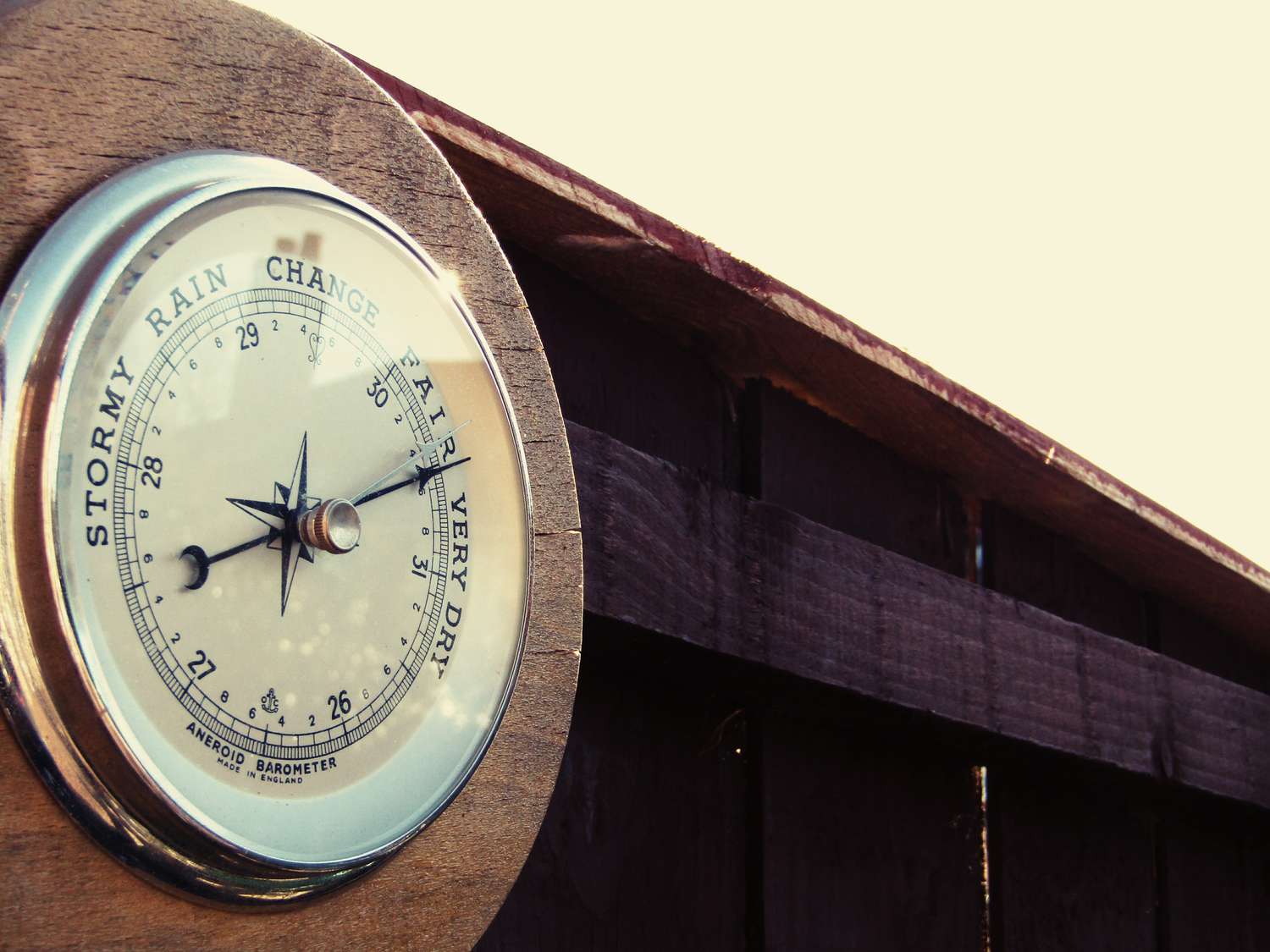
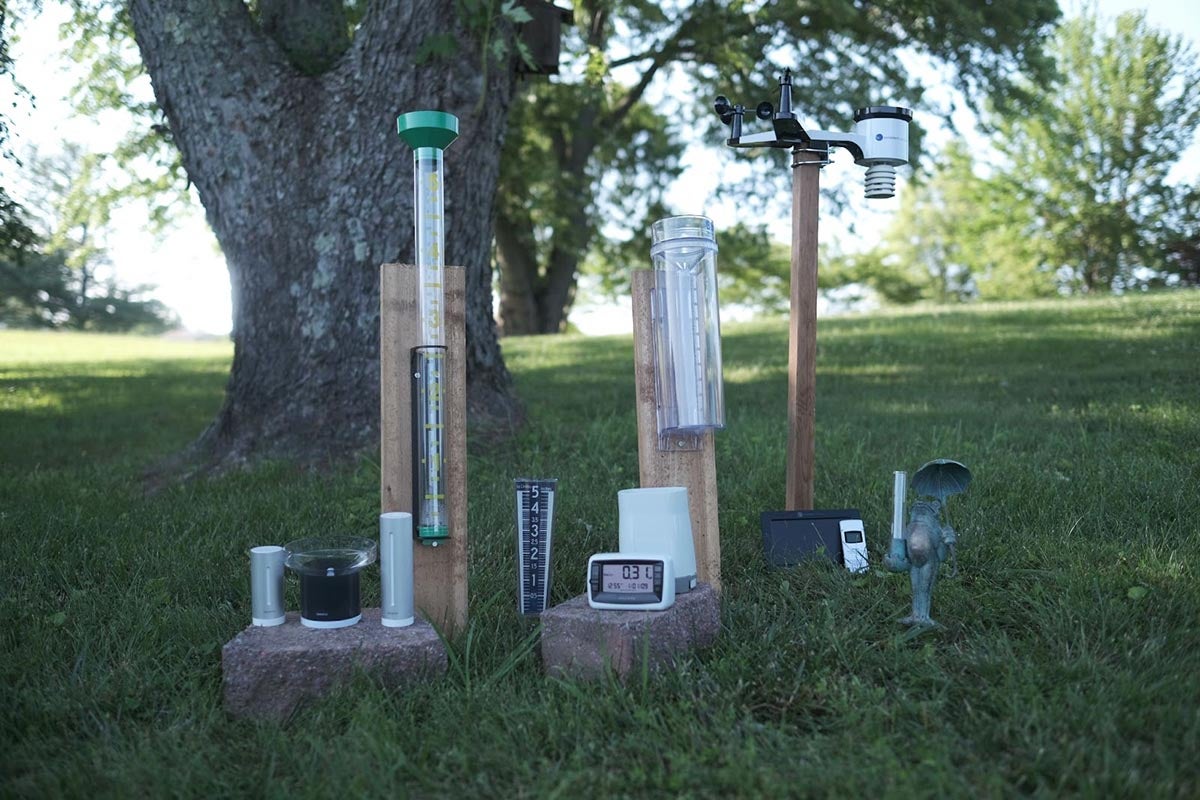
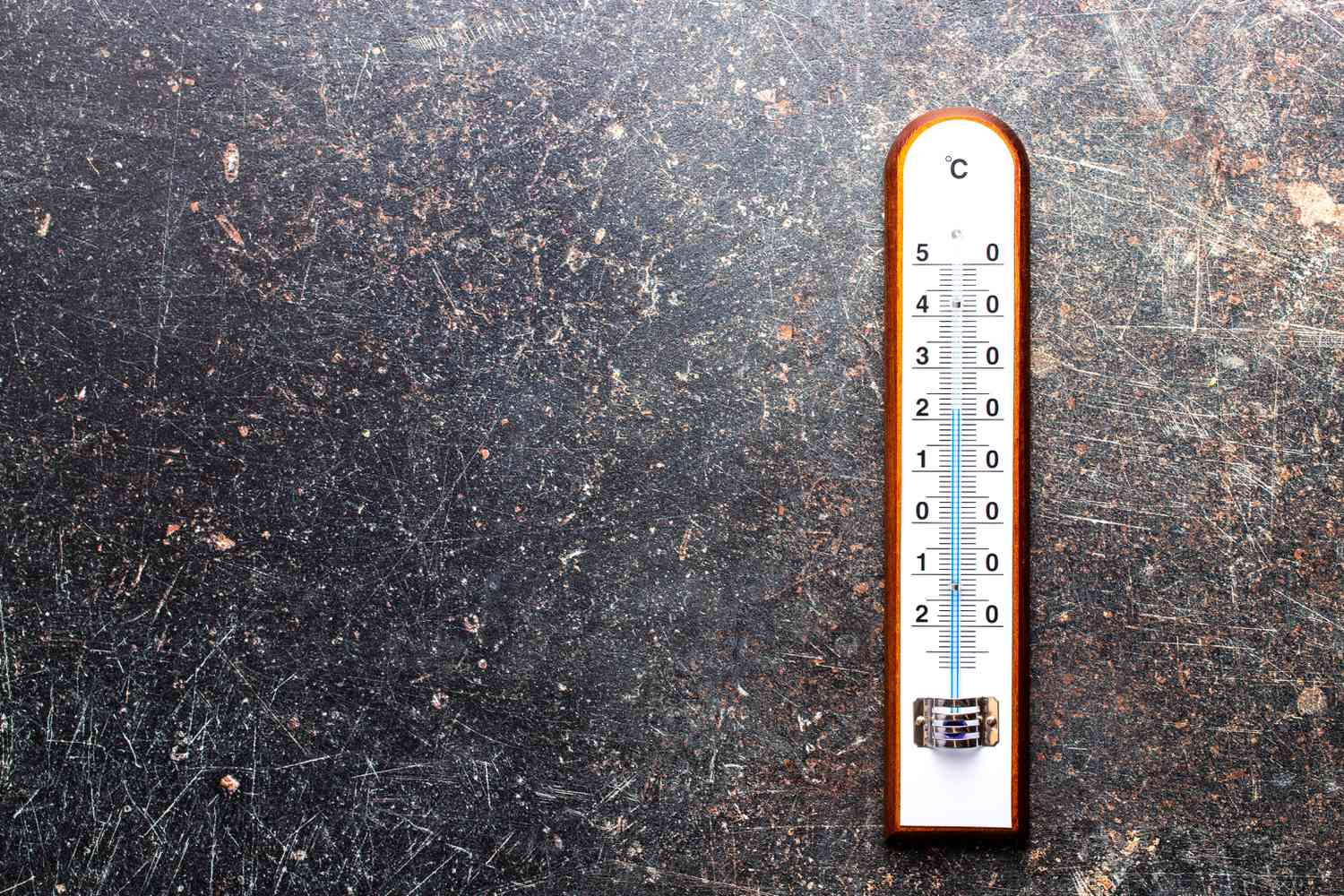
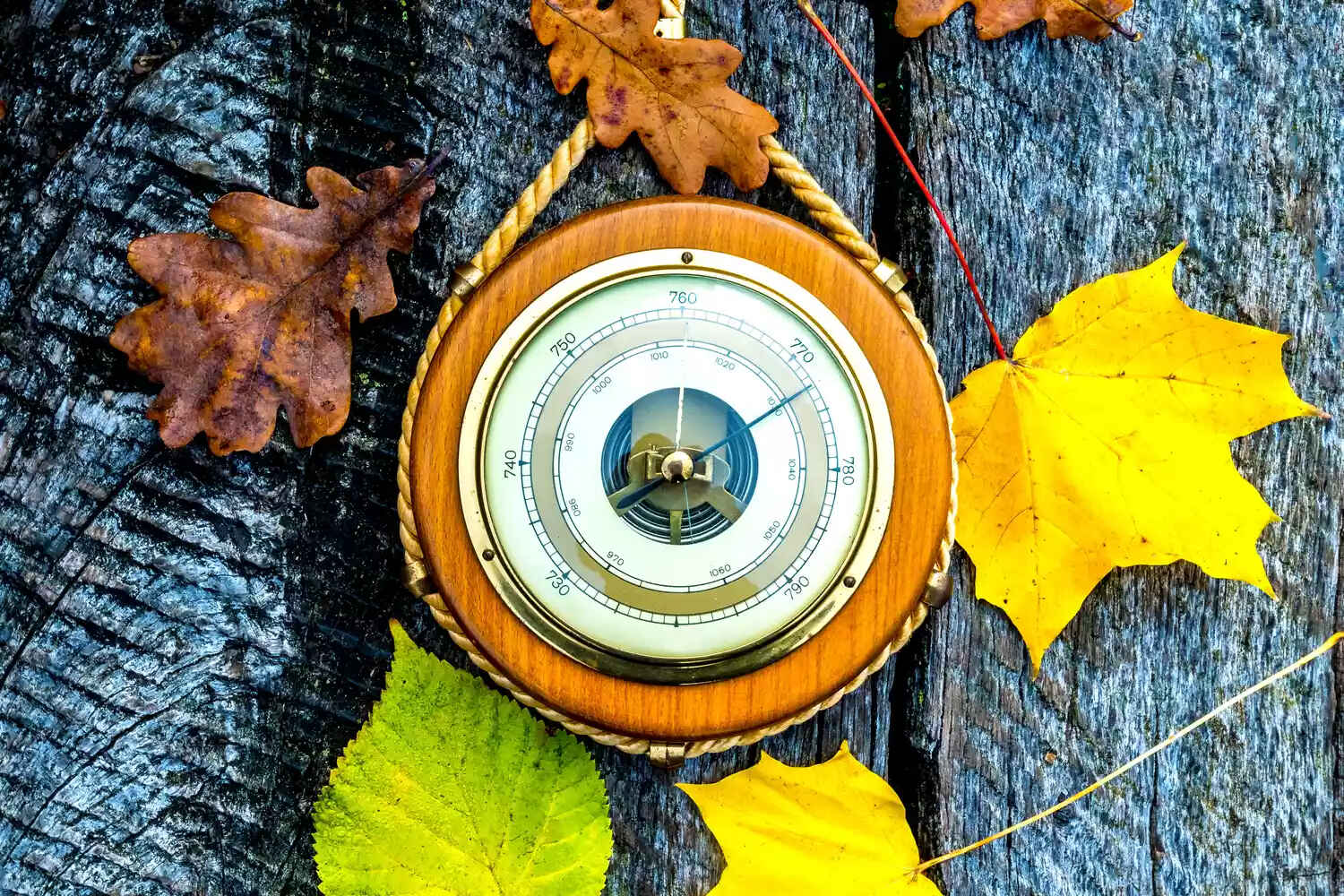
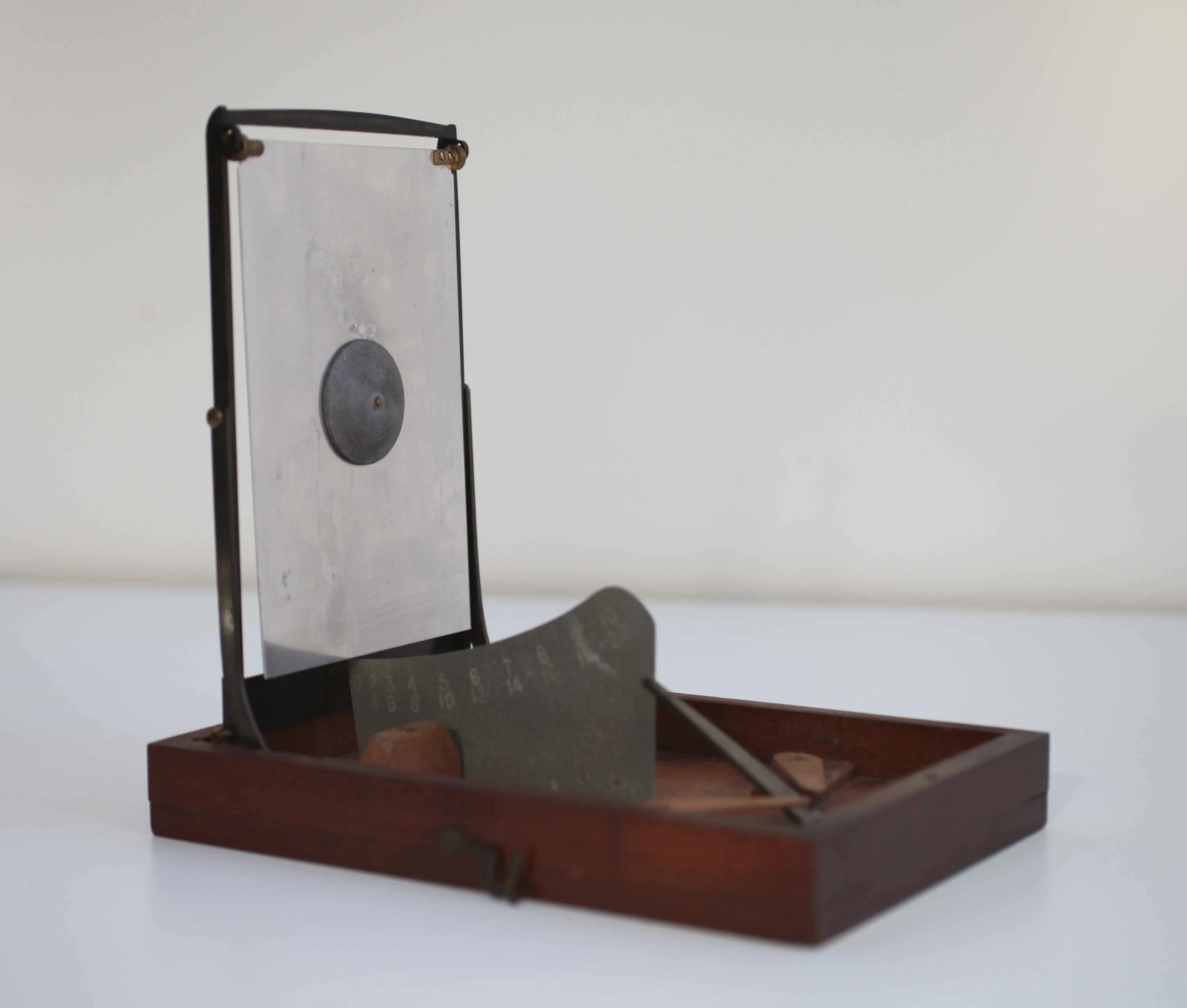
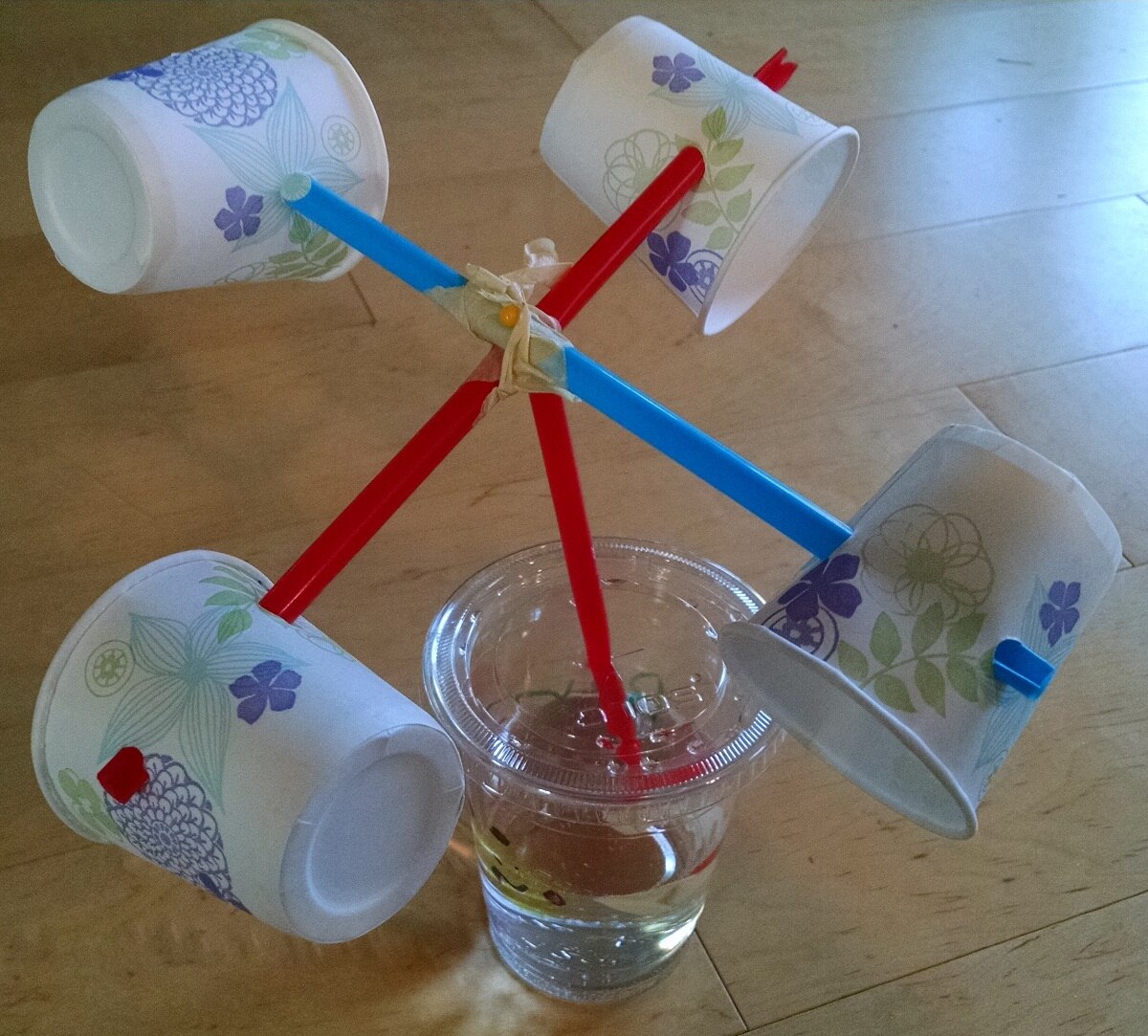
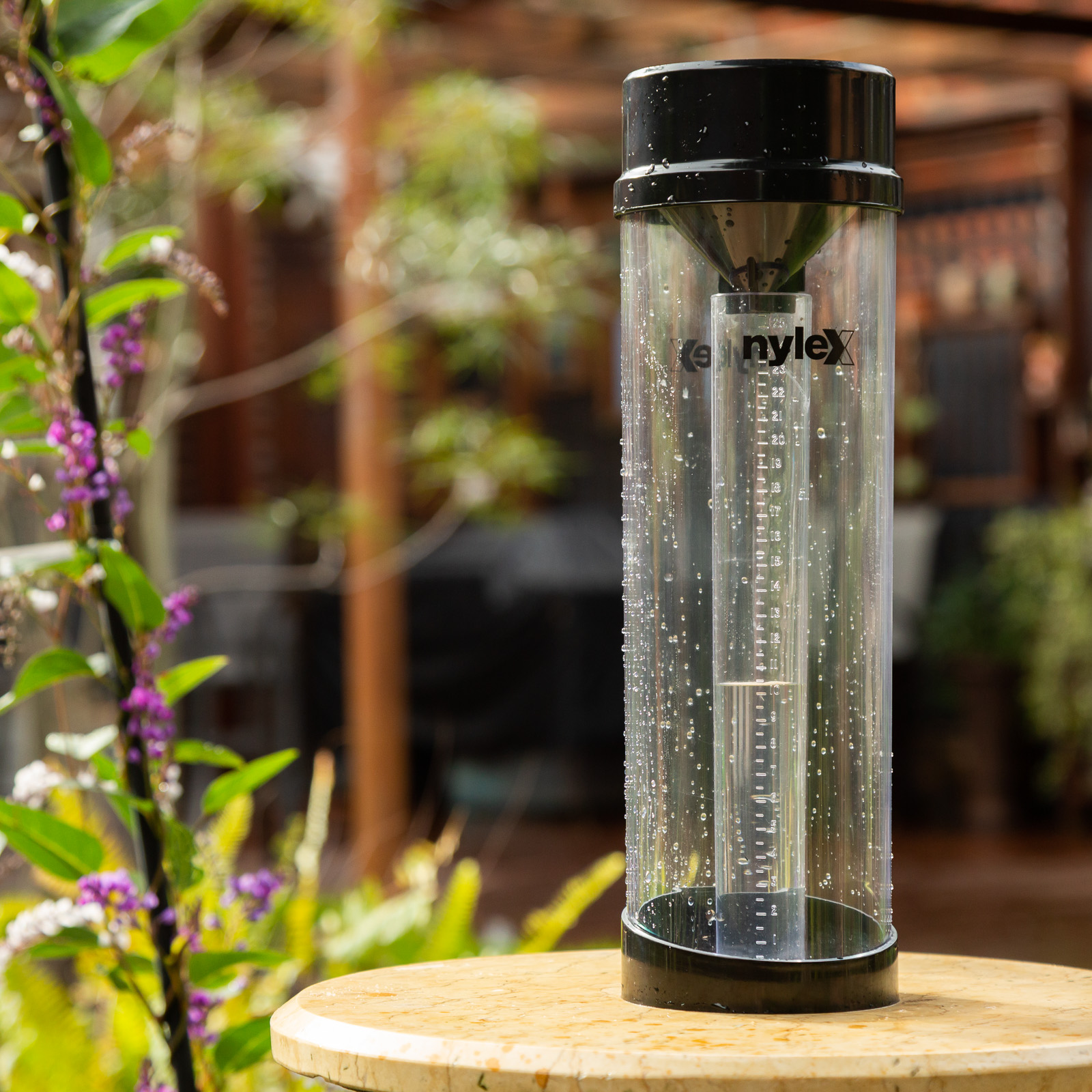
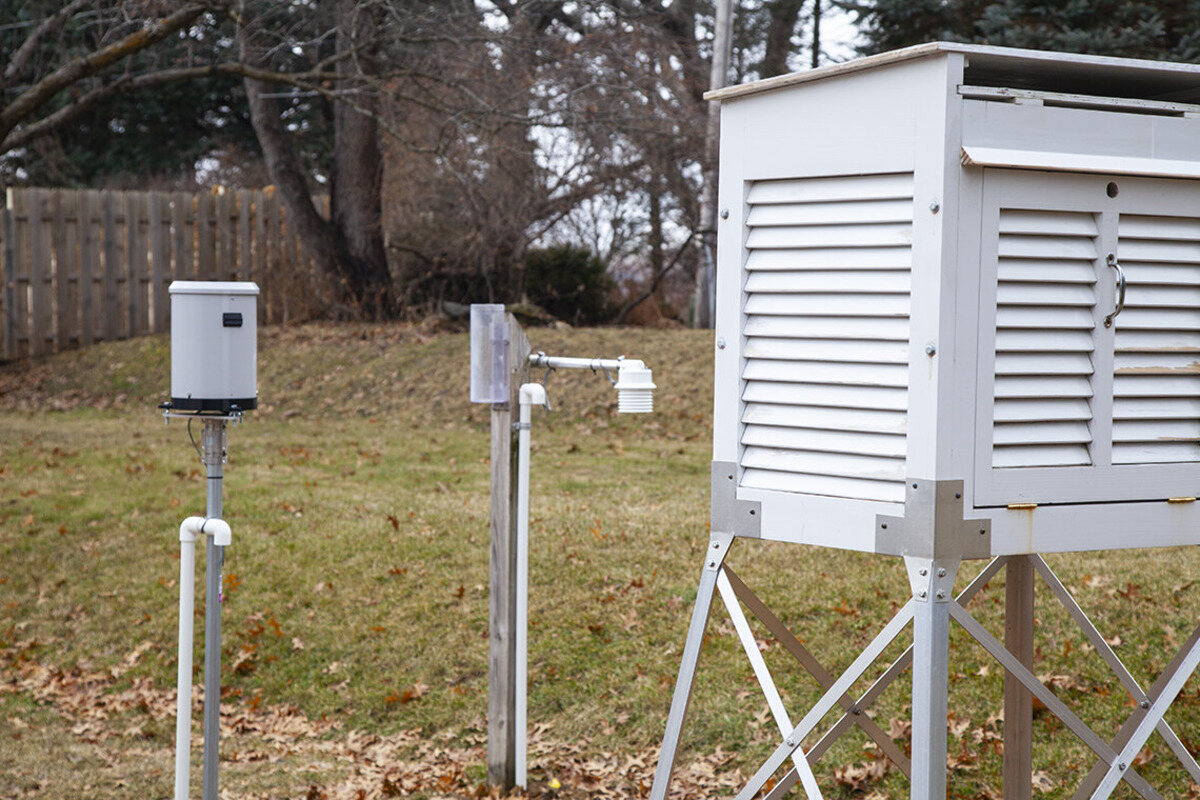
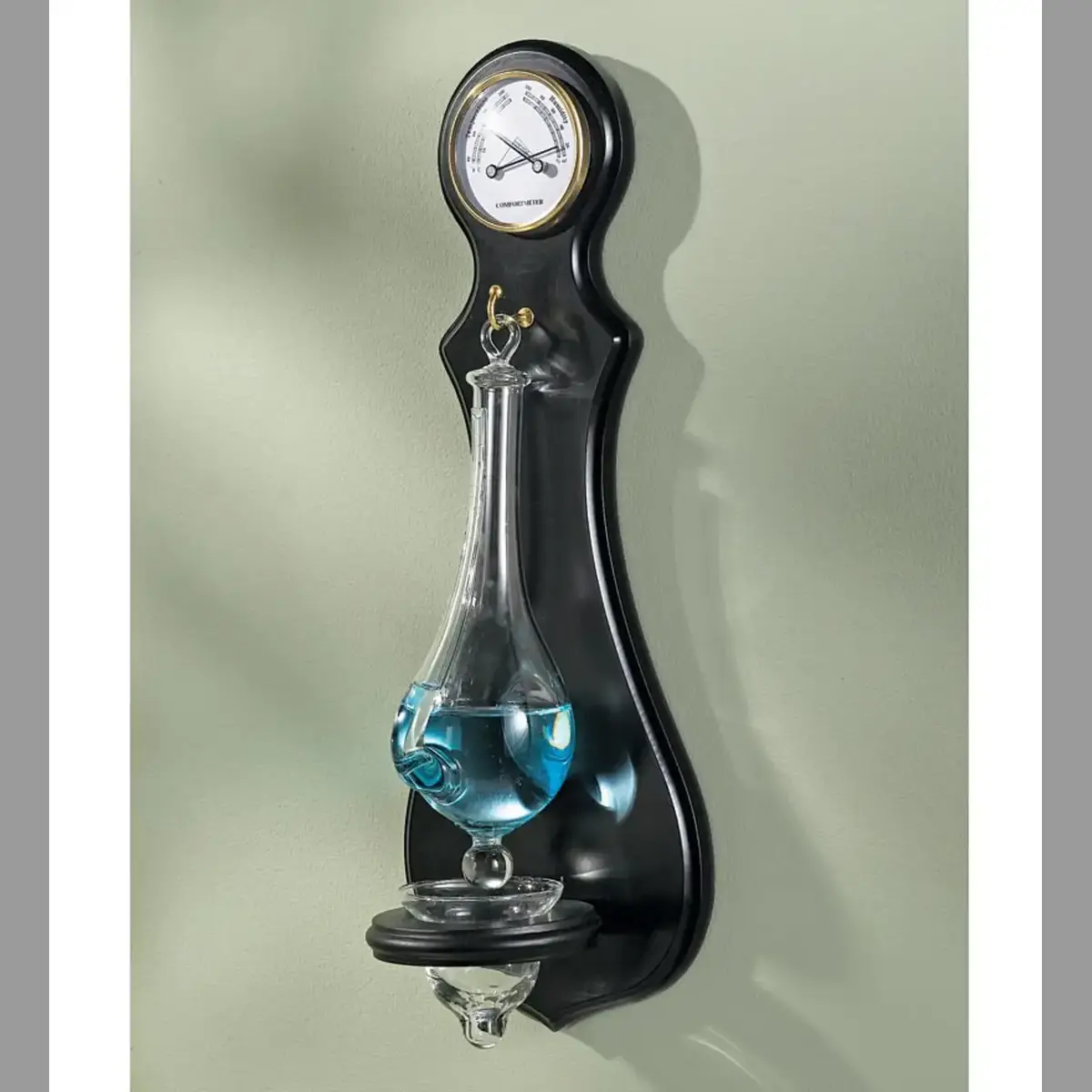
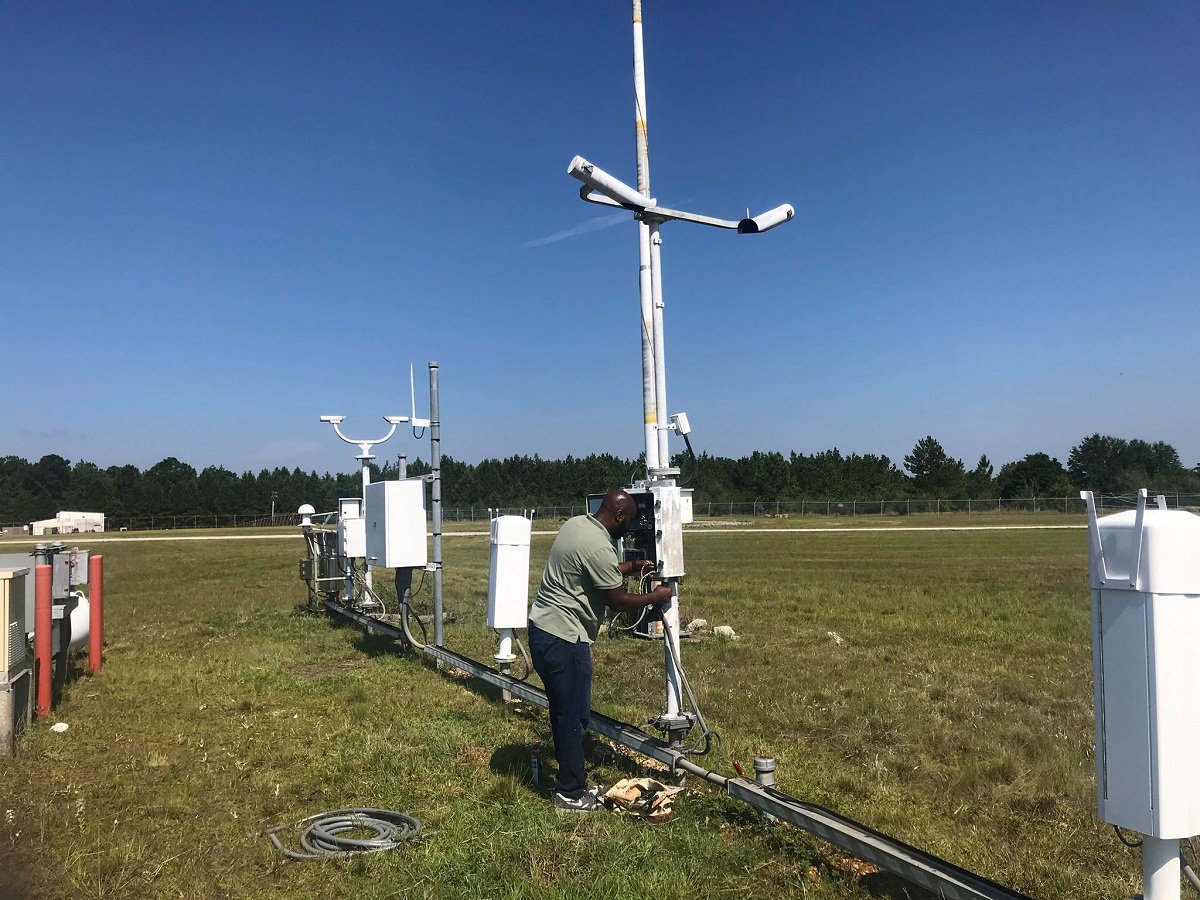
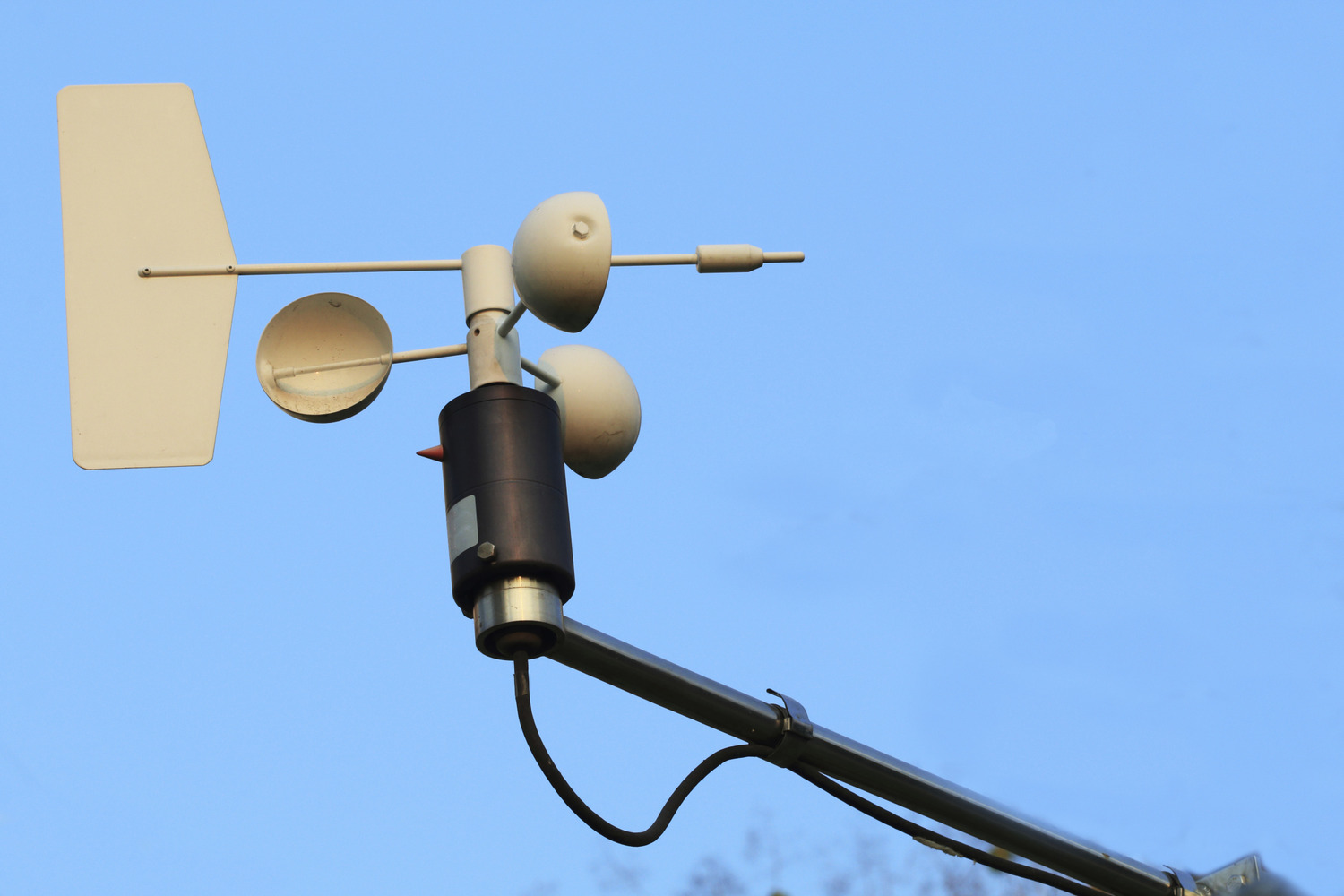
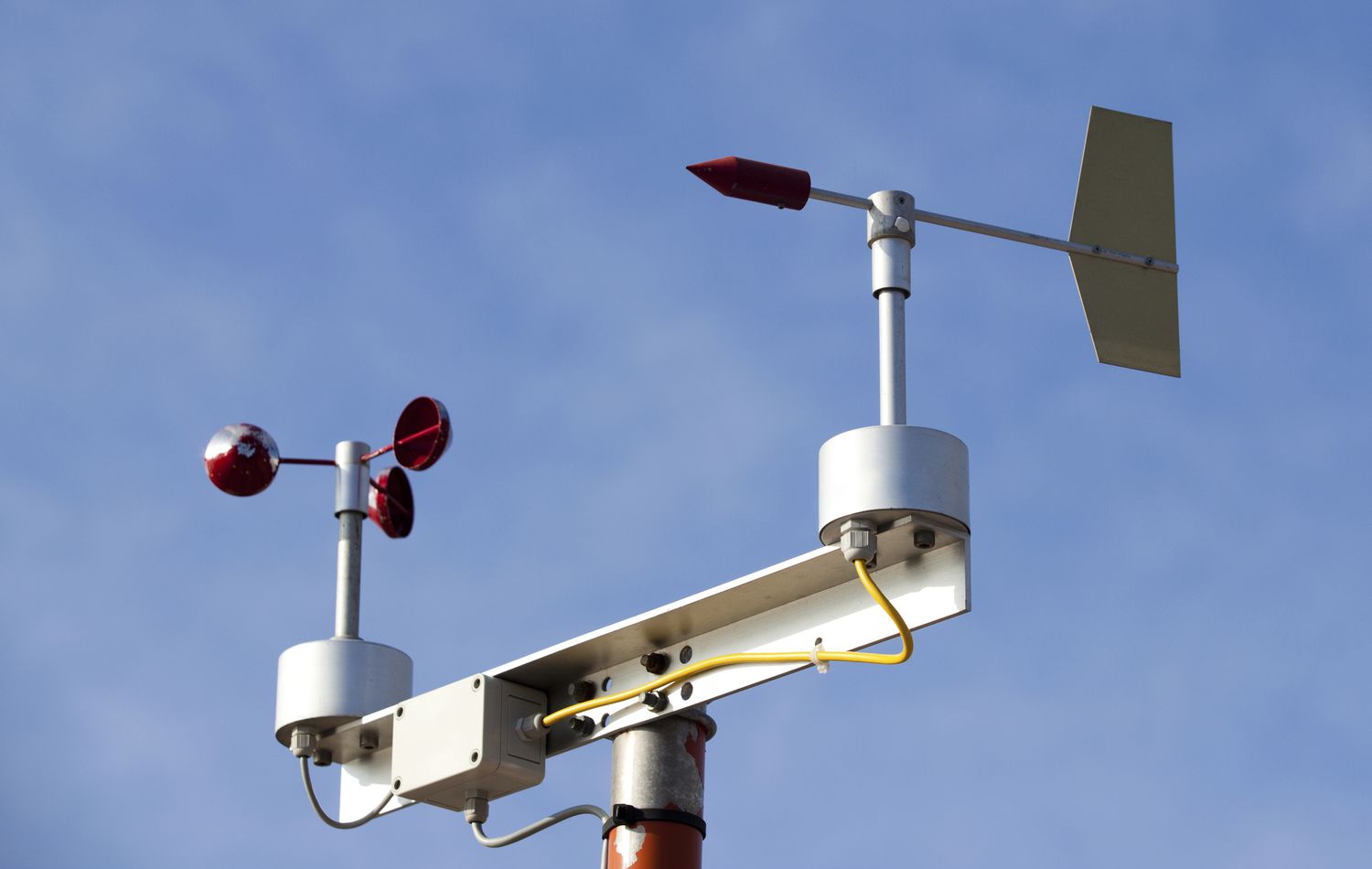
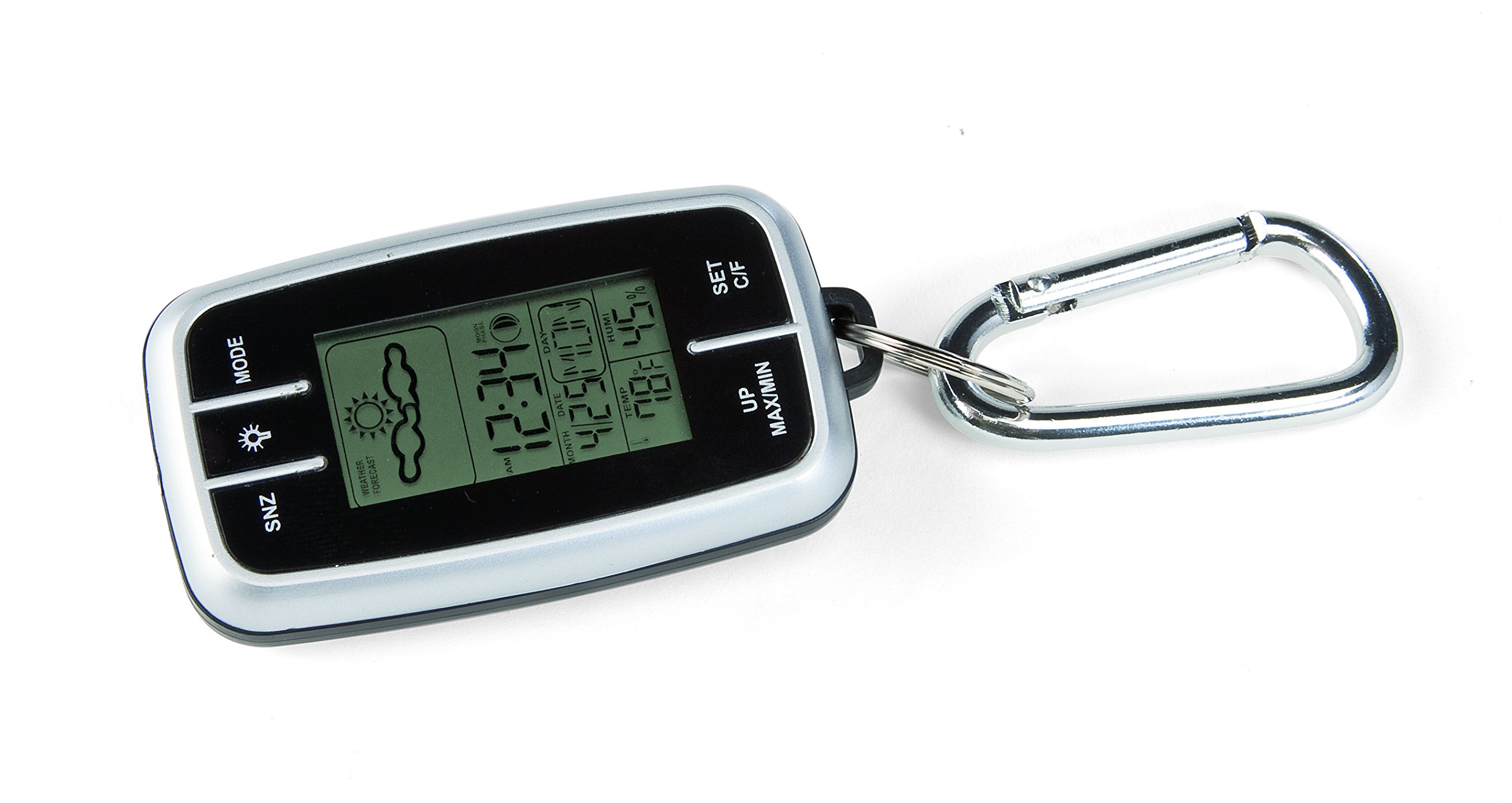
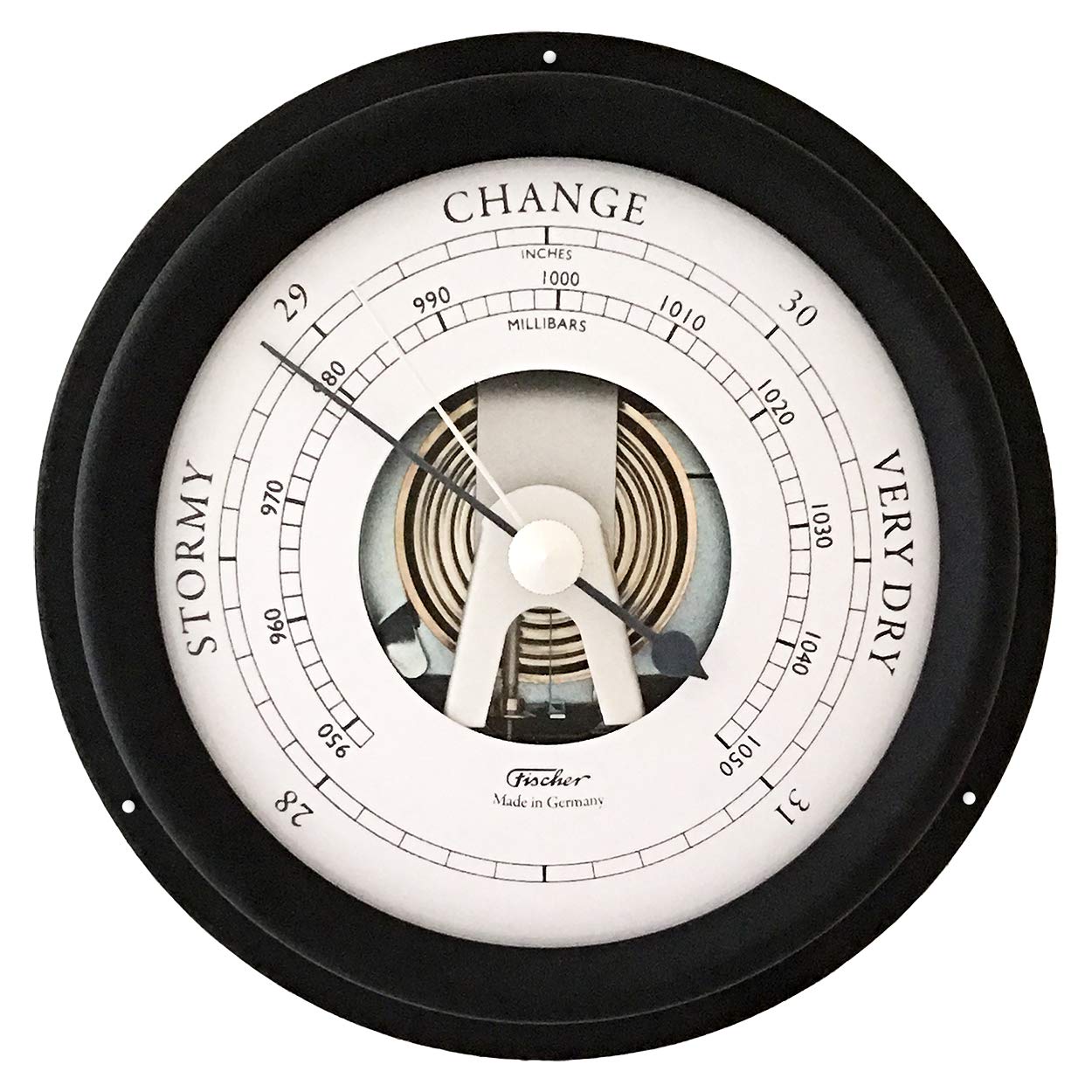

0 thoughts on “Which Weather Instrument Measures Relative Humidity”